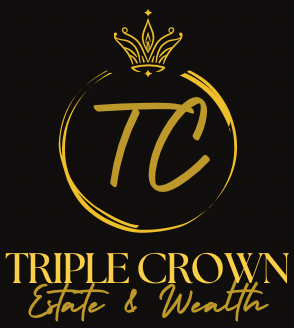By Ian Berger, JD
IRA Analyst
In the 2022 SECURE 2.0 legislation, Congress gave the IRS two years – until December 29, 2024 – to come up with rules allowing IRA owners to fix certain mistakes through self-correction. Alas, December 29, 2024 has now come and gone, and we’re still waiting for those rules.
Here’s the background: For a number of years, the IRS has had a program in place – the Employee Plans Compliance Resolution System (EPCRS) – that allows employers to correct errors made by their retirement plans. SECURE 2.0 legislation loosened EPCRS to make self-correction for plans even more widely available.
Importantly for IRAs, SECURE 2.0 also expanded EPCRS to permit self-correction of IRA mistakes. Self-correction allows correcting those errors without paying any penalty or even notifying the IRS, as long as correction is made in accordance with IRS rules.
This was exciting news! It is true that IRA owners already have the ability to fix certain IRA mistakes. For example, since 2016, the IRS has permitted “self-certification” to remedy rollovers made after the 60-day deadline in certain circumstances. In addition, the 25% penalty for missed required minimum distributions (RMDs) can be avoided if the IRA owner properly requests a waiver of the penalty.Finally, an excess IRA contribution can be corrected without penaltyif the contribution, plus attributable earnings or losses, is returned by October 15 of the following year.
But there are several other commonplace errors that currently cannot be corrected and would be prime candidates for EPCRS correction. These include the once-per-year rollover rule, nonspouse beneficiary 60-day rollovers, and modifications of 72(t) payment schedules.
In fact, in SECURE 2.0, Congress said that any “eligible inadvertent failure” related to an IRA (except for “egregious” errors) could be self-corrected. Congress even listed two specific examples of “eligible inadvertent failures” for which the IRS should allow self-correction. The first would allow a waiver of the 25% penalty on missed RMDs. As discussed above, the IRS already freely excuses this penalty if a waiver request is made, so it’s not clear how self-correction would fit in with that existing policy. The second would allow a nonspouse IRA beneficiary to return an inherited IRA that had been rolled over when, because of an “inadvertent error” by a service provider, the beneficiary believed a tax-free 60-day rollover was possible. Again, though, it’s not clear how far this relief will go.
All we can do is take comfort in the words of the late, great, Tom Petty: “The waiting is the hardest part.”
If you have technical questions you would like to have answered, be sure to submit them to mailbag@irahelp.com, to be answered on an upcoming Slott Report Mailbag, published every Thursday.
https://irahelp.com/slottreport/still-waiting-for-irs-guidance-on-ira-self-correction-program/
